What Makes a Movie a Classic? Timeless Lessons from 12 Iconic Films.
I’m a sucker for classics. Whether it’s books, cars, or furniture, but especially movies. There’s just something magical about timeless films that pull us in no matter how many years have passed. But here’s the million-dollar question: What exactly makes a movie a “classic”?
While the term “classic” can feel a little subjective (we all have our favourites, right?), there are certain qualities that most classic films share. These movies have some kind of magical blend of storytelling, artistry, and emotional pull that makes them stand out across generations.
So, let’s break it down! What makes a movie a classic, and more importantly, what lessons can modern filmmakers and screenwriters learn from these cinematic masterpieces?
12 Classic Movie And What They Can Teach Us As Screenwriters.
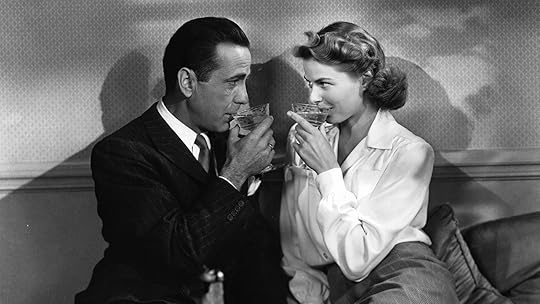 #1 – Casablanca (1942)
#1 – Casablanca (1942)
Why it’s a classic:
There’s a reason Casablanca is consistently ranked among the greatest films ever made. It’s the ultimate love story set against the tense political backdrop of World War II.
The sharp dialogue, unforgettable characters, and iconic lines like “Here’s looking at you, kid” or my favourite “Louis, I think this is the beginning of a beautiful friendship” have cemented its place in cinema history.
Rick and Ilsa’s tragic love affair is personal, yet tied to global stakes, making their choices feel even more profound.
Timeless lesson – Balance personal and larger societal stakes.
Screenwriters can heighten emotional tension by weaving intimate character struggles with grand, external events—whether that’s war, social change, or global crises.
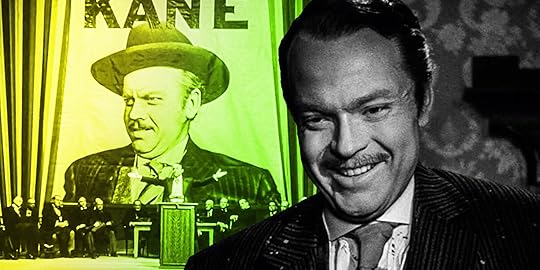 #2 – Citizen Kane (1941)
#2 – Citizen Kane (1941)
Why it’s a classic:
Often hailed as the greatest film ever made, Citizen Kane shattered storytelling conventions with its non-linear narrative and groundbreaking cinematography.
Orson Welles’ exploration of power, ambition, and loneliness still resonates with audiences today.
The film’s structure, use of flashbacks, and deep-focus shots were revolutionary.
Timeless lesson – Dare to experiment.
Welles took creative risks, showing that breaking storytelling norms can lead to brilliance. Modern screenwriters should remember that experimenting with structure or visuals can result in something truly iconic.
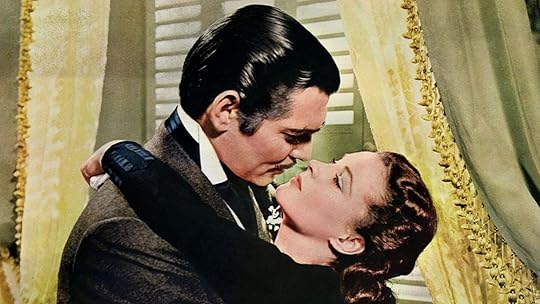 #3 – Gone with the Wind (1939)
#3 – Gone with the Wind (1939)
This sweeping Civil War epic is known for its grandeur, breathtaking visuals, and unforgettable characters like Scarlett O’Hara.
The movie captures the horrors of war and personal ambition, balancing romance and historical tragedy in a way that feels larger than life.
Timeless lesson – Epic films need both personal stakes and grand scale.
For filmmakers tackling large-scale stories, balancing the intimate character journeys with a monumental backdrop (war, history, etc.) ensures the narrative has both heart and spectacle
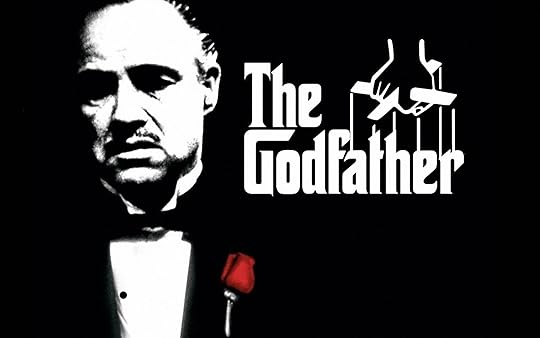 #4 – The Godfather (1972)
#4 – The Godfather (1972)
Why it’s a classic:
The Godfather didn’t just redefine the gangster genre—it created a masterpiece of family loyalty, power, and corruption. Coppola’s meticulous character development and the nuanced performances of Marlon Brando and Al Pacino took the film beyond a mafia story, turning it into an epic tragedy of Shakespearean proportions.
Timeless lesson – Villains don’t need to be one-dimensional.
Audiences are captivated by morally ambiguous characters, and screenwriters should aim to create “bad guys” who are as compelling and complex as the heroes.
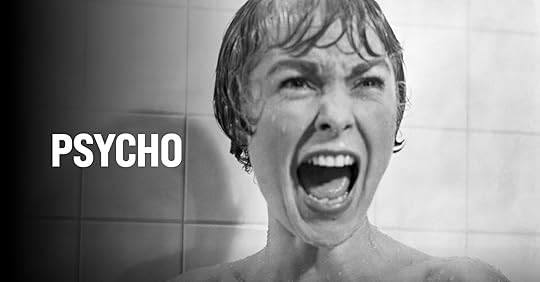
#5 – Psycho (1960)
Why it’s a classic:
Alfred Hitchcock’s Psycho shocked audiences with its twisted narrative, unexpected character deaths, and chilling shower scene. The psychological horror still sends shivers down spines today.
Hitchcock’s ability to manipulate tension and surprise makes it a study in how to keep audiences on edge.
Timeless lesson – Subvert expectations.
Hitchcock’s mastery of suspense shows how defying audience expectations can create unforgettable moments. Don’t be afraid to play with conventions to surprise and captivate your viewers.
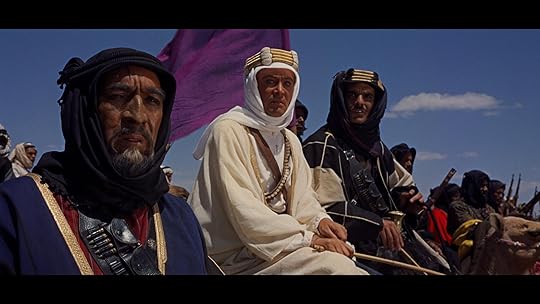 #6 – Lawrence of Arabia (1962)
#6 – Lawrence of Arabia (1962)
Why it’s a classic:
This grand historical epic is renowned for its stunning cinematography and its complex portrayal of T.E. Lawrence’s inner turmoil.
David Lean’s film is a visual masterpiece, using the vast desert landscapes to mirror the character’s psychological struggles.
Timeless lesson – Trust in the power of visuals.
Lean’s work shows how cinematography can reflect emotional states. Filmmakers today can learn to use the environment and visuals to carry narrative weight without relying solely on dialogue.
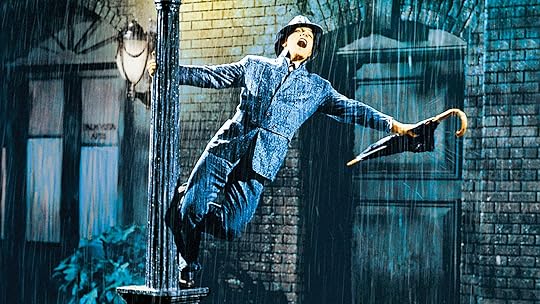
#7 – Singin’ in the Rain (1952)
Why it’s a classic:
This joyful musical, set during Hollywood’s transition from silent films to talkies, remains an absolute delight. It’s light-hearted and full of humor, yet also has sharp commentary on the evolution of the entertainment industry.
The choreography, music, and iconic “Singin’ in the Rain” sequence have left an indelible mark on cinema.
Timeless lesson – Blend fun with substance.
Even the most whimsical genres can carry depth. Screenwriters should aim to create stories that entertain but also offer insight or commentary on broader societal issues.
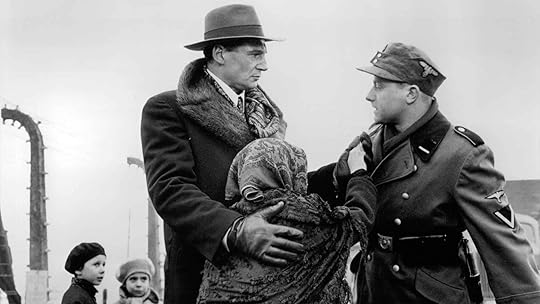 #8 – Schindler’s List (1993)
#8 – Schindler’s List (1993)
Why it’s a classic:
Steven Spielberg’s harrowing Holocaust film is a deeply emotional and historically significant masterpiece. The film’s black-and-white cinematography, combined with its raw storytelling, ensures it remains one of the most powerful films ever made.
Timeless lesson – Handle serious topics with authenticity.
When tackling heavy or historical subjects, it’s vital to approach them with emotional honesty and sensitivity. Spielberg’s focus on showing rather than telling is a lesson in how to handle difficult narratives.
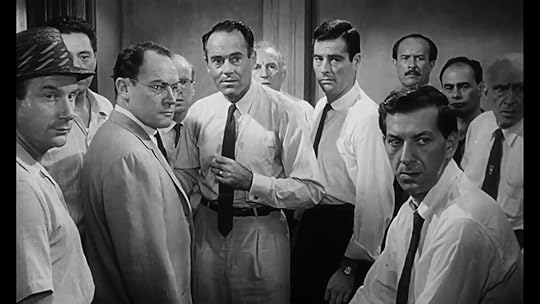 #9 – 12 Angry Men (1957)
#9 – 12 Angry Men (1957)
This tense courtroom drama, set almost entirely in a single room, showcases the power of dialogue and character dynamics.
As 12 jurors debate the fate of a young man, the film explores prejudice, justice, and moral responsibility in a gripping way.
Timeless lesson – Dialogue can carry a film.
You don’t need elaborate sets or effects to create tension. Well-written dialogue and defined character dynamics can keep an audience riveted.
For screenwriters, this is a masterclass in how to craft character-driven stories in confined spaces.
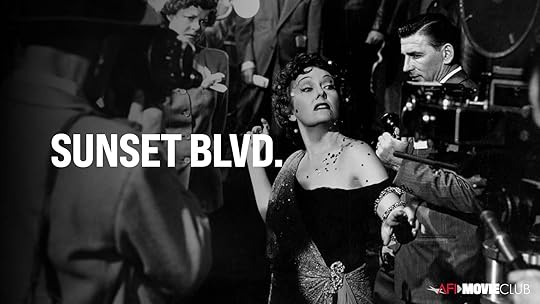 #10. Sunset Boulevard (1950).
#10. Sunset Boulevard (1950).
Why it’s a classic:
Billy Wilder’s Sunset Boulevard is a dark and cynical look at Hollywood’s obsession with fame and the downfall of its stars. The film’s biting commentary on the industry, paired with its noir elements, has made it a timeless tale of ambition, delusion, and decay.
Timeless lesson – Don’t shy away from darker themes.
Complex, flawed characters and darker explorations of human nature can result in powerful, memorable stories. The film’s critique of Hollywood itself remains relevant today.
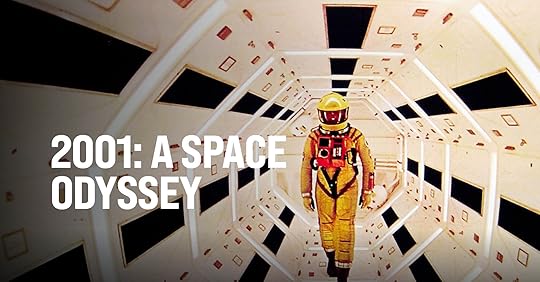 #11. 2001: A Space Odyssey (1968).
#11. 2001: A Space Odyssey (1968).
Why it’s a classic:
Stanley Kubrick’s existential sci-fi masterpiece transcends the genre. With revolutionary special effects and a narrative that dives deep into humanity’s evolution and future, 2001 continues to inspire philosophical debates and awe with its visuals.
Timeless lesson – Leave room for interpretation.
Kubrick’s decision to embrace ambiguity allows audiences to engage with the film on multiple levels. Sometimes, the most powerful stories are the ones that don’t offer clear-cut answers, leaving room for thought and debate.
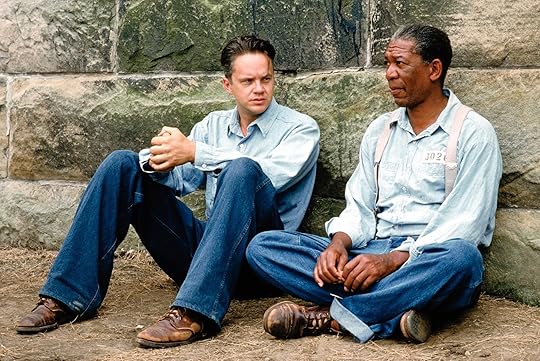 #12. The Shawshank Redemption (1994).
#12. The Shawshank Redemption (1994).
Why it’s a classic:
Though initially underappreciated at the box office, The Shawshank Redemption has grown into one of the most beloved films of all time. Its themes of hope, friendship, and redemption resonate universally.
Tim Robbins and Morgan Freeman’s performances make it an emotional journey that sticks with you long after the credits roll.
Timeless lesson – Simple stories with deep emotional cores can be the most powerful.
You don’t need intricate plots to create a masterpiece. Focusing on universal human experiences like hope and justice ensures your story will resonate with audiences.
In Conclusion – These classic films—each uniquely brilliant—offer invaluable lessons for modern filmmakers and screenwriters. Whether it’s innovative storytelling, emotional depth, or their cultural relevance, these films show that the most enduring cinema doesn’t just entertain—it reflects on humanity, pushes boundaries, and stands the test of time.
So, whether you’re an aspiring filmmaker or just a movie lover, studying these classics can unlock the secrets to crafting stories that resonate across generations. Just remember: a true classic is more than a film—it’s an experience that stays with you forever.
Now it’s YOUR turn – If you could add one more film to this list of classics, what would it be?
Would love to get your input in the comment box below.
The post What Makes a Movie a Classic? Timeless Lessons from 12 Iconic Films. appeared first on Vered Neta.



